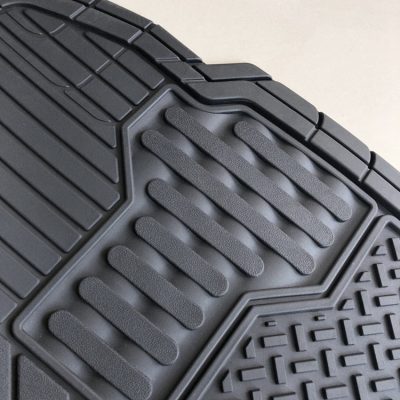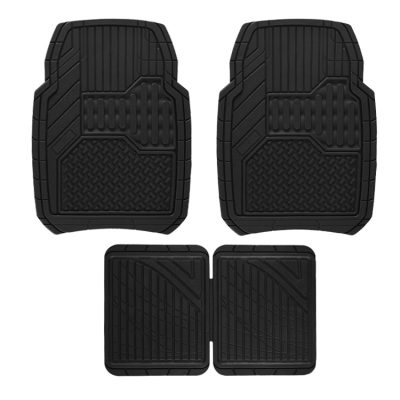Car covers can play a significant role in protecting your vehicle’s paint finish. They act as a barrier between your car’s exterior and various environmental elements that can harm the paint. Here’s how car covers help with paint protection:
- Shielding from UV Rays: Prolonged exposure to ultraviolet (UV) rays from the sun can fade and damage your car’s paint. A car cover with UV-resistant properties can block the harmful effects of the sun, preserving the paint’s color and shine.
- Protection from Bird Droppings: Bird droppings contain acids that can eat into your car’s paint and cause permanent damage. A car cover provides a barrier against these droppings, preventing them from making direct contact with the paint.
- Preventing Tree Sap and Resin: Tree sap, resin, and pollen can stick to your car’s surface and be challenging to remove. A car cover shields the paint from these substances, reducing the risk of stains and paint damage.
- Dust and Dirt Repellent: Dust and dirt particles in the air can settle on your car’s surface, leading to scratches and abrasions when you clean the vehicle. A car cover keeps these particles away, reducing the need for frequent washing and minimizing the risk of paint swirls.
- Protection from Rain and Moisture: Rainwater contains minerals and pollutants that can damage your car’s paint if left to dry on the surface. A car cover offers a waterproof barrier, preventing rainwater from reaching the paint.
- Hail and Impact Protection: In areas prone to hailstorms or where your vehicle is exposed to potential impacts, a car cover can provide a cushioning effect, reducing the force of impact and minimizing paint damage.
- Abrasion Prevention: Wind-blown debris, such as sand and small rocks, can scratch your car’s finish. A car cover acts as a protective layer, reducing the risk of abrasions from these particles.
- Preventing Animal Damage: Small animals, like rodents, can sometimes scratch or nibble on vehicle surfaces. A car cover keeps them away from your car’s paint.
To maximize paint protection with a car cover:
- Ensure you choose the right size and fit for your vehicle. A snug fit prevents wind from lifting the cover and causing friction against the paint.
- Keep the car cover clean. Dirt and debris on the underside of the cover can scratch the paint when installed or removed. Shake out the cover and clean it regularly.
- Use a soft, non-abrasive cover material to prevent any potential scratching.
- Remove the cover carefully to avoid dragging it across the paint surface.
While car covers are effective at protecting your vehicle’s paint, it’s essential to balance their use with proper maintenance and cleaning. Regular washing, waxing, and detailing will help preserve your car’s paint finish and extend its longevity.




















